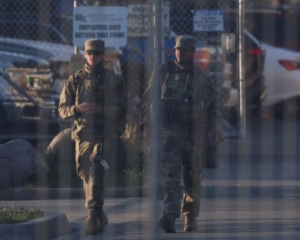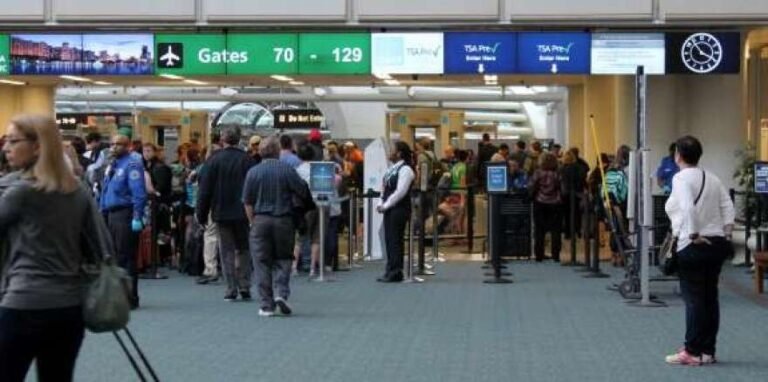As summer brightens the European landscape, cities and coastlines are coming alive with tourists. From the sunlit shores of Spain to the busy boulevards of Paris and Rome, Europe is seeing one of its busiest travel seasons in recent memory. But while the continent thrives with energy and visitor spending, fewer Europeans are making the trip across the Atlantic. According to data from the U.S. Department of Commerce, travel bookings from Europe to the United States have dropped by 13% for July compared to the same time last year.
This noticeable U.S. travel decline appears to stem from more than just airfare. Analysts suggest that recent policy shifts and perceptions of the U.S. are playing a critical role. Visa updates and tighter entry procedures introduced in recent years have created an atmosphere of uncertainty. Surveys by the Department of Homeland Security show that factors like perceived safety and how welcoming a country feels influence traveler decisions just as much as cost or convenience.
Aviation analyst Marie Dupont points out that it’s not only about the practicalities of getting a visa or booking a flight. It’s about how travelers feel about the destination itself. “As Americans travel freely to Europe, fewer Europeans feel welcomed in the U.S.,” she says. The emotional response to policy and culture is now shaping travel flows in new ways.
In an attempt to reverse the trend, European airlines have begun cutting fares. Reports from the European Aviation Safety Agency reveal a 10–15% average fare reduction on flights to major U.S. cities from hubs such as Paris, Rome, London, and Madrid. Still, airlines are careful not to oversaturate the market. Instead of increasing capacity, they are adjusting prices slightly to entice travelers without risking financial loss. Tom Jenkins, CEO of the European Tourism Association, says this cautious approach highlights that the problem isn’t just affordability—there are deeper issues at play.
While travel from Europe to the U.S. slows, American tourists are packing their bags for Europe in growing numbers. Iconic destinations are experiencing crowding. Paris alone sees nearly 90 million visitors a year, and the current wave has stretched infrastructure to the limit. Cities like Rome, Venice, and London are also reporting record footfall in public areas, restaurants, and museums. Local businesses welcome the income but worry about managing the strain on resources and maintaining quality of life for residents.
This trend reflects broader changes in global tourism. Eurostat reports that while international travel is rebounding after the pandemic, movement between certain regions remains unstable. Political narratives and social perceptions are having a significant influence. Additionally, economic conditions are affecting choices. Federal Reserve data shows that high living costs and tighter budgets are prompting many to rethink long-haul travel. For some, that means choosing destinations closer to home or skipping international trips altogether.
The traveler’s mindset today is shaped by more than weather and cost. It’s about the total experience—how easy the journey feels, how safe the destination seems, and how welcome one feels upon arrival. Parisian café owner Amélie Laurent notes that fewer European customers are talking about trips to the U.S. these days. “We love having guests from everywhere, especially Americans,” she says. “But more often, I hear people say, ‘Maybe we’ll go to Spain again,’ instead of thinking about the United States.”
Meanwhile, in cities like New York, flight deals are rising, hotel bookings are more flexible, and some Americans are enjoying shorter lines and lighter crowds. These quieter conditions could appeal to domestic travelers, but the drop in foreign visitors may leave gaps in tourism revenue.
As the summer season continues, the contrast is striking. Europe remains packed with global travelers, its airports and attractions near full capacity. The United States, on the other hand, may experience a calmer summer, as it faces a dip in incoming visitors. Whether this is a short-term shift or the beginning of a lasting trend, travel industry experts and officials on both sides of the Atlantic are paying close attention. For now, the skies remain open—but fewer Europeans seem ready to take flight.







